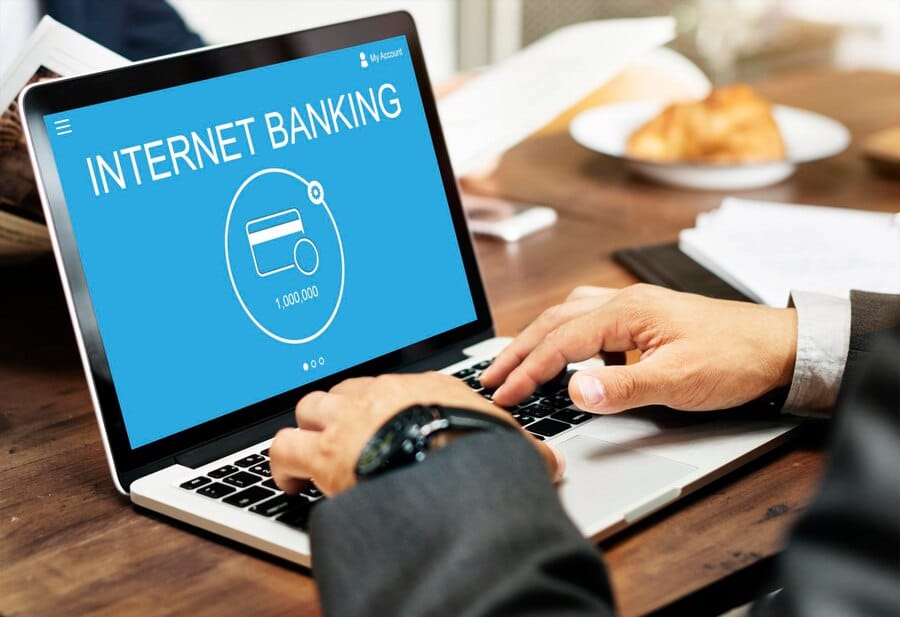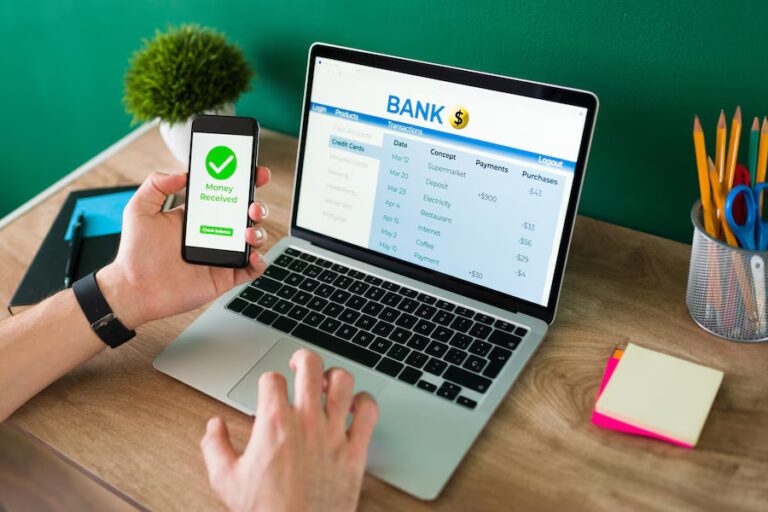In today’s digital age, online banking has become a convenient way to manage finances, pay bills, and transfer money. However, with convenience comes the responsibility of ensuring your personal and financial information remains secure. Cyber threats are ever-evolving, making it essential for users to adopt best practices for safe online banking. This article explores effective strategies for navigating online banking safely and securely.
Understanding the Risks of Online Banking

While online banking offers numerous benefits, such as 24/7 access and ease of transactions, it also exposes users to potential risks. Phishing scams, identity theft, and malware attacks are just a few threats that can compromise your financial security. Understanding these risks is the first step toward protecting yourself.
Best Practices for Safe Online Banking
1. Use Strong, Unique Passwords
Creating a strong password is crucial for safeguarding your online banking account. Avoid common passwords like “123456” or “password.” Instead, use a mix of upper and lower case letters, numbers, and special characters. Aim for at least 12 characters in length and avoid using easily accessible personal information like birthdays or names.
2. Enable Two-Factor Authentication (2FA)
Two-factor authentication adds an extra layer of security by requiring a second form of verification in addition to your password. This could be a text message with a code or an authentication app. Enabling 2FA significantly reduces the risk of unauthorized access to your account.
3. Monitor Your Accounts Regularly
Regularly checking your bank statements and transaction history can help you quickly identify any suspicious activity. If you notice any unauthorized transactions, report them to your bank immediately.
4. Be Cautious with Public Wi-Fi
Avoid accessing your online banking account over public Wi-Fi networks, as these connections are often less secure and vulnerable to hacking. If you must use public Wi-Fi, consider using a Virtual Private Network (VPN) to encrypt your data.
5. Access Your Bank’s Website Directly
Instead of clicking on links from emails or messages claiming to be from your bank, type the URL directly into your browser. This helps avoid phishing attempts that redirect you to fraudulent websites designed to steal your login credentials.
6. Log Out After Each Session
Always log out of your online banking account when you finish your transactions, especially if you’re using a shared or public computer. Closing the browser window is not enough; using the official logout function ensures that your session is securely terminated.
7. Keep Your Software Updated
Ensure that your operating system, browser, and antivirus software are up-to-date. Regular updates often include security patches that protect against known vulnerabilities exploited by cybercriminals.
8. Use Antivirus Software
Installing reputable antivirus software can help detect and eliminate malware that may compromise your online banking security. Ensure that it is regularly updated to provide the best protection against new threats.
Conclusion
Navigating online banking safely requires vigilance and proactive measures to protect your financial information from cyber threats. By implementing strong passwords, enabling two-factor authentication, monitoring accounts regularly, and being cautious with public networks, you can significantly reduce the risks associated with online banking. With these strategies in place, you can enjoy the convenience of managing your finances online while keeping your information secure.
Frequently Asked Questions
1. What is two-factor authentication (2FA)?
Two-factor authentication is a security process that requires two forms of verification before granting access to an account—typically something you know (your password) and something you have (a code sent to your phone).
2. How often should I change my online banking password?
It’s advisable to change your password every three to six months or immediately if you suspect any unauthorized access.
3. What should I do if I receive a suspicious email claiming to be from my bank?
Do not click on any links or provide any personal information. Instead, contact your bank directly using their official contact information to verify the email’s legitimacy.
4. Is it safe to use my bank’s app on my mobile device?
Yes, as long as you download the app from official app stores (like Google Play or Apple App Store) and keep it updated with the latest security features.
5. How can I tell if a website is secure?
Look for “https://” at the beginning of the URL and check for a padlock icon in the address bar—both indicate that the site uses encryption for data transmission.
6. What should I do if I notice unauthorized transactions in my account?
Report any suspicious transactions to your bank immediately so they can investigate and take appropriate action.
7. Can using public Wi-Fi compromise my online banking security?
Yes, public Wi-Fi networks are less secure and can expose you to risks such as data interception by hackers; avoid accessing sensitive accounts over these networks.
8. How can I protect my computer from malware?
Install reputable antivirus software, keep it updated regularly, avoid downloading files from untrusted sources, and scan your computer frequently for threats.
9. What are phishing scams?
Phishing scams involve fraudulent communications that appear to be from reputable sources attempting to steal sensitive information like usernames and passwords.
10. Should I use my bank’s website instead of third-party services?
Whenever possible, use your bank’s official website or app for transactions rather than third-party services that may not have the same level of security.

